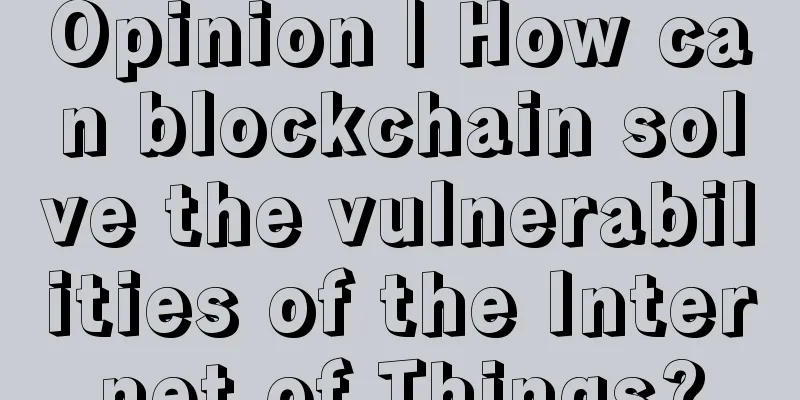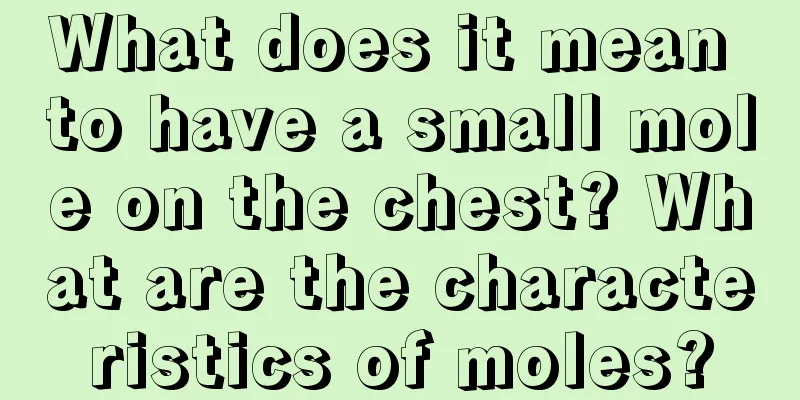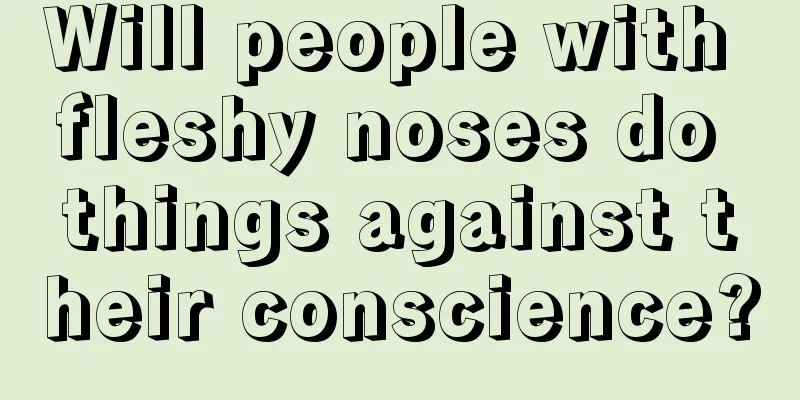Opinion | How can blockchain solve the vulnerabilities of the Internet of Things?

|
The Internet of Things and blockchain are two disruptive technologies that have been used to innovate across multiple industries and niches. But have you ever wondered how these two technologies might impact each other? Well, it is an interesting question whether blockchain strengthens the Internet of Things. Let’s first understand what the Internet of Things is? The Internet of Things (IoT) connects products to people and places. In doing so, it helps to provide opportunities, capture and create value. The working mechanism of the Internet of Things includes embedding specially designed precision sensors, chips and actuators into physical objects, which then continuously transmit data to the Internet of Things. The analytical capabilities of the IoT system can transform the collected data into insights and actions. These technologies for collecting and exchanging data introduce the concept of "intelligence". What are some standard IoT (Internet of Things) applications?
After understanding how IoT performs actions, we must discuss how blockchain can enhance the application of IoT in our daily lives. Blockchain and the Internet of ThingsAs you may all know, the core of blockchain is a distributed ledger based on cryptographic technology that can securely transmit data between parties. And, as we all know, all traditional IoT-based systems rely on a centralized architecture. Data is collected from devices connected to the IoT system, processed for analysis, and then sent back to the IoT devices. As more and more devices are connected to the IoT (the number is expected to reach billions), such centralized systems may not be able to provide the required scalability, putting the entire system at risk. IoT inefficiencies in handling data and connections can compromise network security, with costs growing exponentially over time. Additionally, if authenticity and security checks on the network need to be performed frequently, the system may become slow. The vulnerability of the Internet of ThingsBased on the above discussion, we can conclude that the increased use of IoT may lead to potential issues in terms of its security and scalability. IoT devices with security vulnerabilities put them under constant threat. They can easily become targets of Distributed Denial of Service (DDoS) attacks. These unsecured IoT devices can also become targets for cybercriminals who can quickly exploit their weak security to hack and launch DDoS attacks. There have been multiple DDoS attacks in the past that have caused turmoil to organizations and individuals. According to Gartner's forecast, the compound annual growth rate of IoT terminal devices will reach 32%, and the number of terminal devices will reach 25.1 billion by 2021. As the number of devices connected through the IoT system grows, scalability becomes another issue that needs to be considered. How can blockchain solve IoT vulnerabilities?Blockchain technology can be effectively introduced and embedded into the core network of the Internet of Things to alleviate scalability and security issues.
Why is blockchain attractive for IoT?Blockchain brings standardization, authentication, and trust to all elements of the IoT. Here’s how to solve multiple trust and security issues on any IoT network:
From the above analysis, it can be concluded that blockchain-based IoT solutions are very suitable for simplifying business methods and achieving significant cost efficiencies and customer experience. |
Recommend
People with high noses are honest and either rich or noble.
If a person is upright, he can become a noble per...
What are the facial features of a strong woman? What kind of woman is the most powerful?
People are under a lot of pressure nowadays. Face...
Is it good to have a mole on the ear? Analysis of moles on the ear
In mole physiognomy, moles in different parts of ...
What does the face of a woman's sword represent? How to crack the sword
The sword that kills children is actually the han...
A woman with good fortune and luck in marriage
A woman with good fortune and luck in marriage (1...
What does a sarcastic man look like? Who are the most sarcastic people?
Nowadays, we see a lot of sarcastic and mean peop...
Is the fate of a person with dragon eye good?
There are many kinds of eye shapes on our faces, ...
1. Drooping of the tail of the eye
The most jealous woman's face 1. Drooping of ...
Which is the career line? How to see your fortune from the career line?
Everyone has a career line on their hand. Which on...
The facial features of people who will go bankrupt in middle age
The facial features of people who will go bankrup...
Bitcoin mining is gaining popularity, and the Hummingbird mining machine invested by Chen Weixing is about to be released
According to a front-line report from Mars Financ...
How to solve the problem of selective packaging by miners on Ethereum?
Original title: "Will mining pools be regula...
The five richest men's palms
The five richest men's palms What kind of pal...
Let’s talk about: Sidechain, Drivechain and Rootstock two-way hook design
In a recent technical paper, we analyzed differen...
Palmistry characteristics indicating happy events in the near future
No one would complain about too many happy events...









